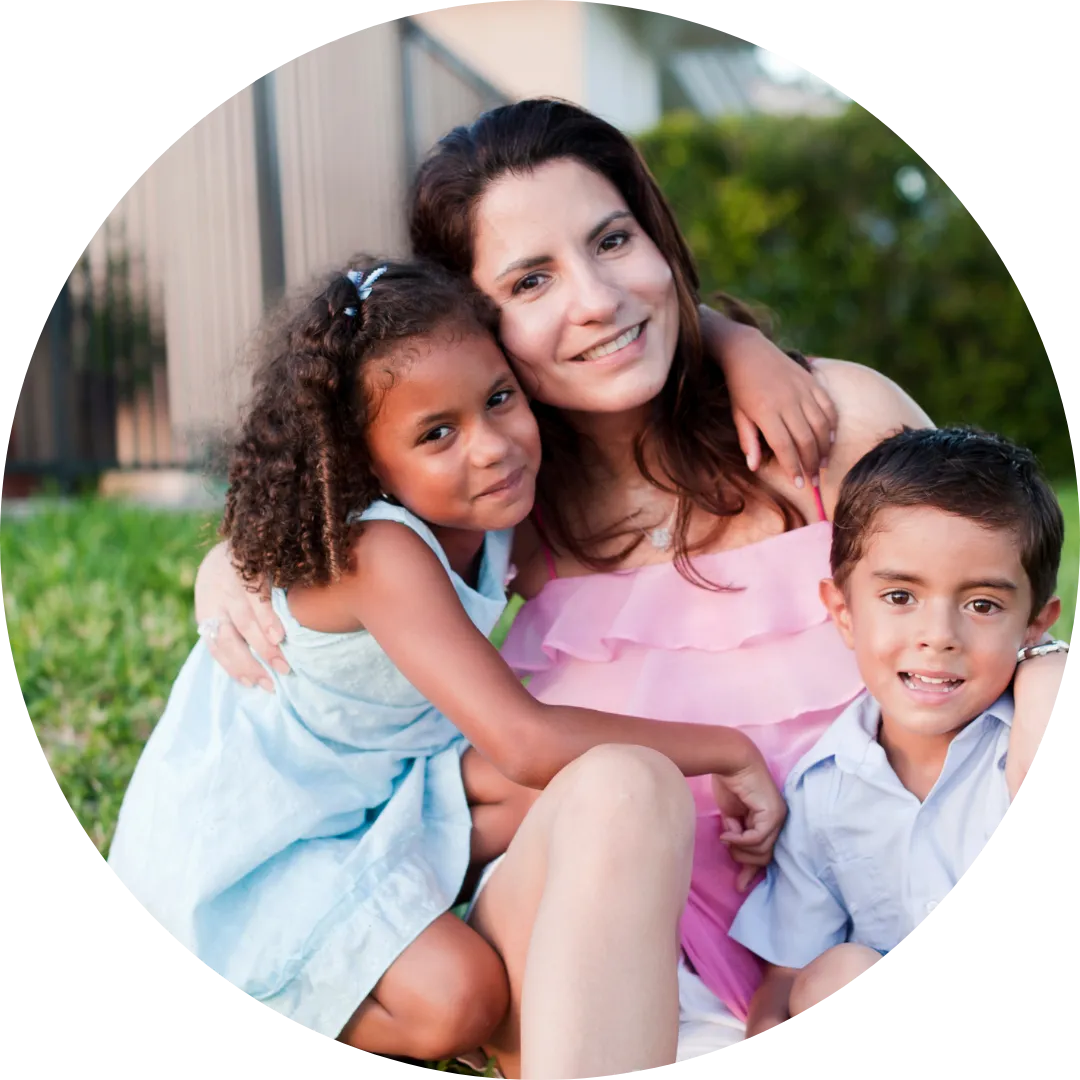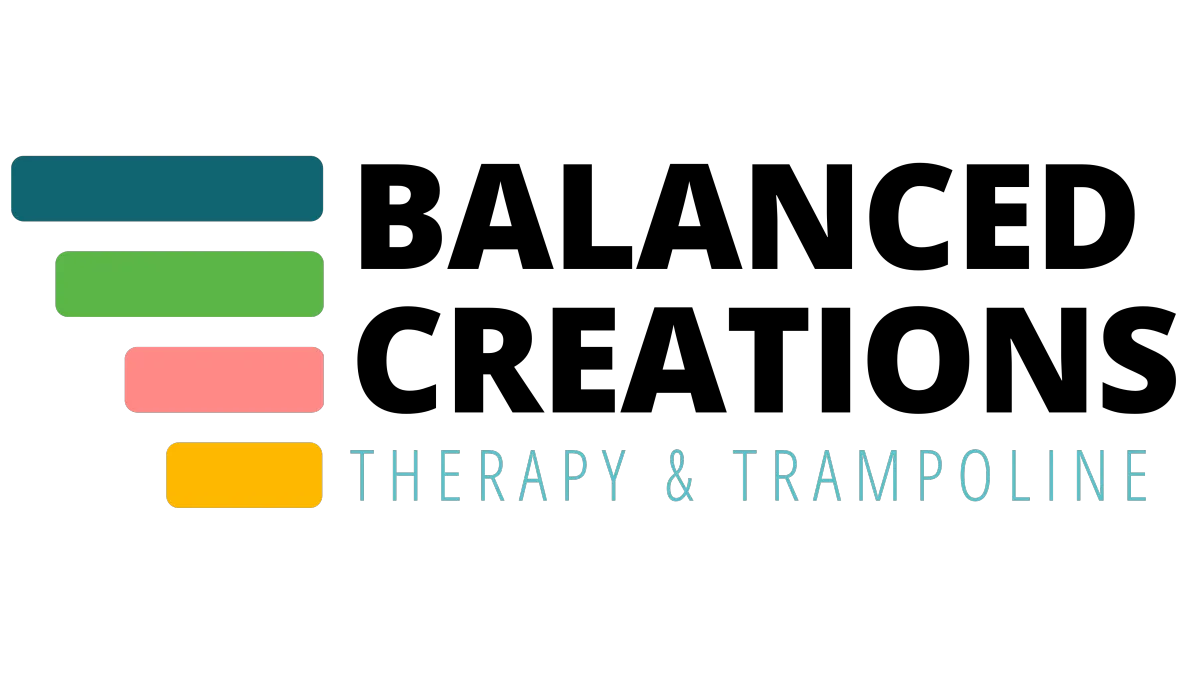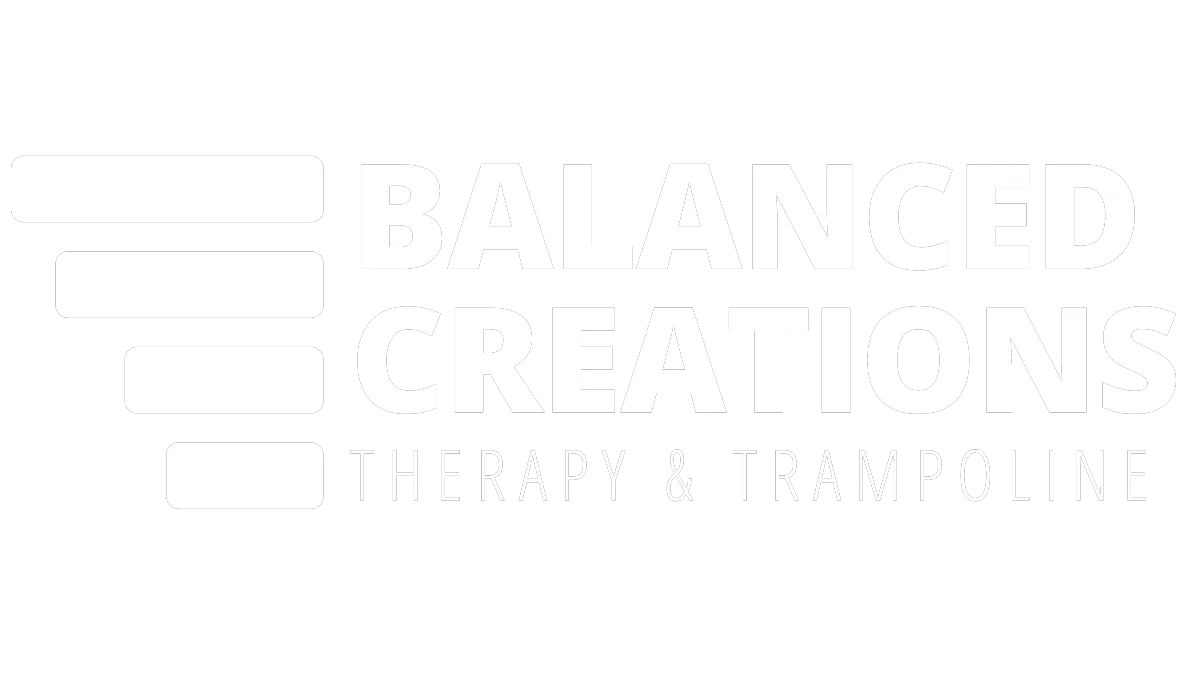
Welcome to Balanced Creations Therapy & Trampoline!
We're thrilled to connect with you!
Please fill out the information below to subscribe and download your FREE Infant Development Milestones Chart 0-12 months.

Confident Child

Coming Soon.

Supported Mother

Coming Soon.
Hear From Our Clients
We support the whole child.
We try to take a holistic approach to physical therapy and support the whole child and their family to meet them where they are at along their life journey.
Resources for Parents and Clinicians

The Benefits of Trampoline Therapy for Autistic Children: Enhancing Motor Skills and Emotional Regulation
New research supports what we’ve always believed at Balanced Creations Therapy & Trampoline: trampoline-based interventions are an effective method for enhancing motor proficiency in autistic children. A recent study titled Inclusion Strategies: A Trampoline Program For Children With Autism Spectrum Disorder demonstrates the benefits of trampoline therapy for improving coordination, balance, muscle strength, and motor skills development.
Study Overview: This study analyzed 25 autistic children, aged 4 to 11 years, assessing their motor skills with the Bruininks-Oseretsky Test of Motor Proficiency (BOT-2) and the standing long jump test before, during, and after a trampoline intervention program. Two experimental groups participated in the trampoline program for 20-32 weeks, while a control group continued regular school activities.
Key Components of Trampoline-Based Therapy:
Initial Assessment: Tailored exercises for each child's developmental needs.
Minimized Distractions: Small group sizes to maintain focus.
Fun & Engaging Activities: Materials like colored balls, animal pictures, and numbers incorporated into sessions.
Communication Skills: Verbal instructions aimed at improving motor and communication skills.
Cognitive Stimulation: Multitasking activities, such as color and number recognition, to enhance cognitive skills.
Motor Control & Coordination: Exercises to improve both fine and gross motor skills.
Results: The results showed that children who participated in trampoline therapy exhibited significant improvements in motor proficiency. The study indicates that even a 20-week trampoline program can effectively enhance motor skills and coordination in children with ASD. No significant changes were observed in BMI, reinforcing the focus on motor development rather than weight management.
How This Relates to Balanced Creations Therapy & Trampoline: At Balanced Creations, we offer a therapeutic trampoline program designed to improve motor skills in children with autism spectrum disorder (ASD). With our individualized, inclusive approach, we help children develop coordination, balance, and overall motor proficiency while fostering fun and cognitive development.
Interested in learning more about therapeutic trampoline for children with autism? Contact Balanced Creations today to see how we can support your child’s development through therapeutic trampoline programs.
Suggested Keywords:
Trampoline therapy for autistic children
Autism spectrum disorder motor skills
Motor skill development ASD
Trampoline therapy benefits for ASD
Improving coordination and balance in children
Autism motor coordination therapy
Therapeutic trampoline program
ADHD and motor skills therapy
Alt Text Optimization: "Child with autism jumping on a trampoline with therapist, smiling and improving motor skills."



